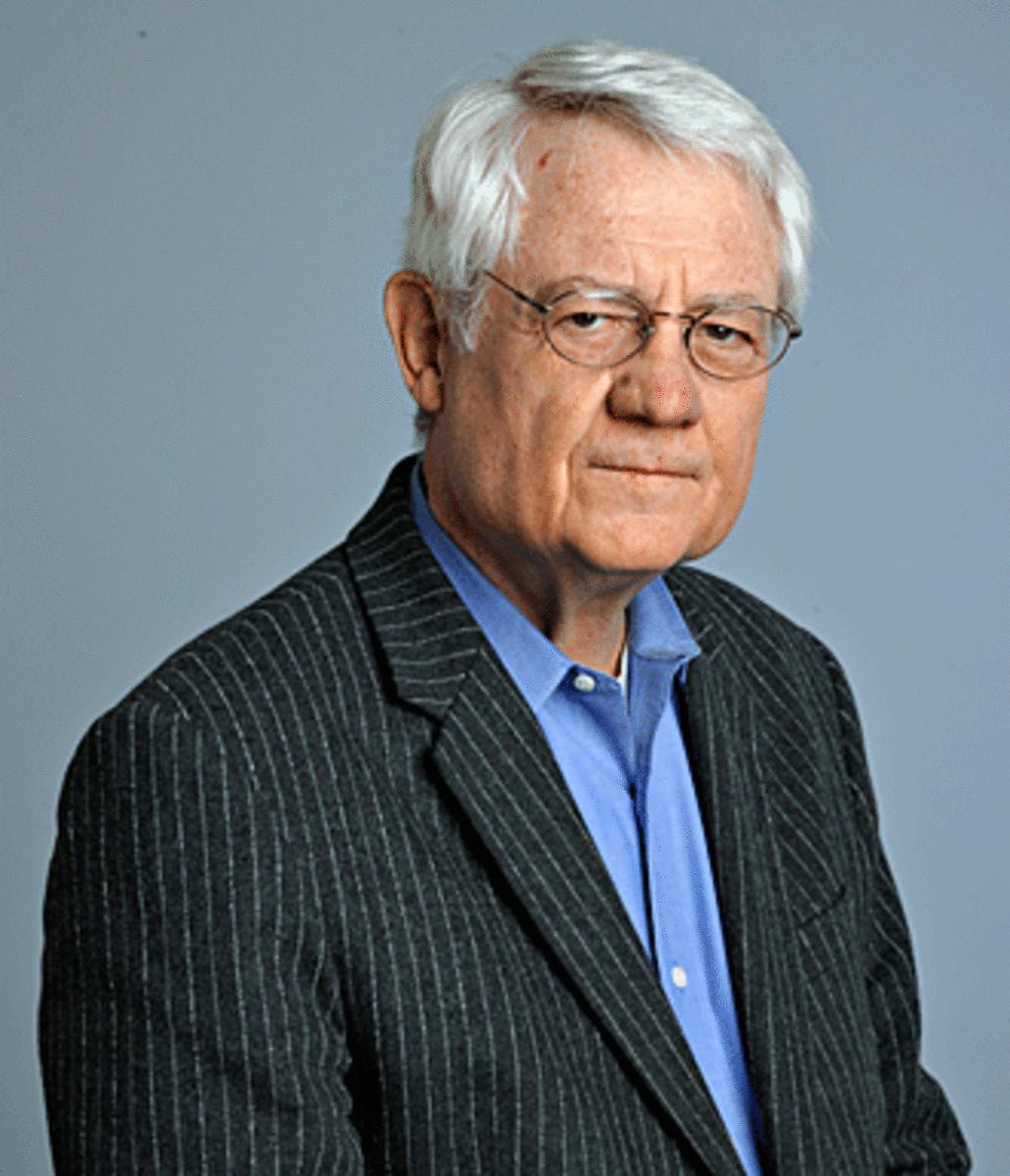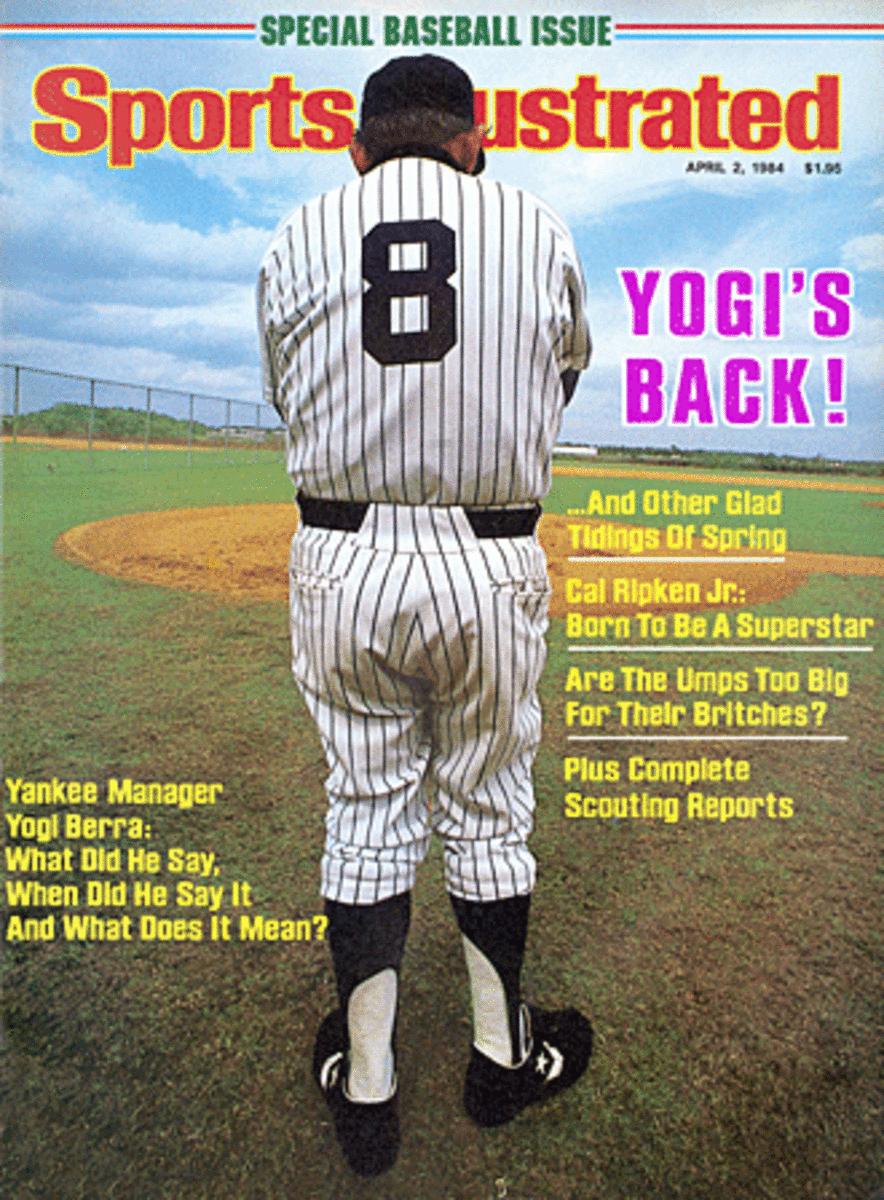SI 60 Q&A: Roy Blount Jr. on learning who Yogi Berra was, and what he said


Before becoming one of America's foremost writers -- author of books, essays and screenplays -- Roy Blount Jr. was a staffer at Sports Illustrated. He continued to write frequently for the magazine after leaving in 1975 and is now a senior contributing writer at SI. One of his most memorable stories for the magazine is "Yogi," which was published in the April 2, 1984 issue, and takes stock of the man and the myth that was Hall of Famer Yogi Berra just as he was beginning his second stint as New York Yankees manager. SI.com associate editor Ted Keith spoke to Blount about the piece.
SI: You had been an SI writer for years but had long since left the magazine when you did this story. Why did you leave?
BLOUNT: I just wanted to be free to write for other people too. I was on the staff between 1968 and ’75 and I’ve been freelancing ever since. When I left I was an associate editor, but I had a contract for a year with SI for $12,000 worth of stories that required writing four bonus pieces or feature wells. There was some talk of my coming back [on staff] but I just wanted to [freelance]. I’ve written off and on for the magazine since then.
SI: Whose idea was it to do this story?
BLOUNT: I think it was the magazine’s idea. Whoever the outside text editor was at the time [Myra Gelband] might have called me about it. They would usually suggest it. If it was their idea they’d think it was a good idea. If it was my idea, they’d say “Well…”
One year they called me and said, “Do you want to go to [Cubs] fantasy camp?” If I’d called up and said, “I want to go to fantasy camp” they’d say, “Well, so does everybody.”
In those days you could do stories about other things, I did one about possum hunting that was probably my idea. I wrote one about spitting that I’m sure no one is ever going to reprint and someone from upstairs [at the Time & Life Building] sent me a note, congratulating me on my spitting story. In fact, I did a second story just about chewing sunflower seeds. Reggie Jackson showed me how to do it so that you could put a bunch of them in your mouth, crack the shell with your teeth and get the seed out with your tongue.
Yogi: What did Berra say, when did he say it and what does it all mean?
SI: Had you ever spoken to Yogi Berra before?
BLOUNT: I had never talked to Yogi before. I had bumped into him once in passing. Once I got hold of him, though, he was fine, very teddy bearish.
I remember maybe the first major league baseball game I ever saw in person was at Yankee Stadium in like 1964. Yogi was playing leftfield and he fell over backward catching a flyball, enabling somebody to tag up and score.
SI: What was your goal with the story?
BLOUNT: A lot of the stuff about writing the story is in the story, but the main thing I was interested in was the myth of Yogi. I’d heard all kinds of stories about what he did say and what he didn’t say.
SI: Berra’s quotes have become legendary. How did you find them?
BLOUNT: I got that stuff from the clip file at the SI library. There were four or five Yogi Berra files arranged chronologically so you could see how he was quoted in the New York papers. That was a great resource. By that time everybody was steeped in Yogi-isms both true and false. I read all these browning, crumbling clips so I was able to pick up things as they appeared.
• Read all the stories and Q&As in the SI 60 series
SI: What about the quotes from actual yogis? Where did you get those?
BLOUNT: I just picked up a couple of quotes at Barnes and Noble. I used to do a lot of research at Barnes and Noble because you can go in there and just read.
SI: Why did you decide to structure the story around quotes from both Berra and an actual yogi?
BLOUNT: Organization is hard for me and so I thought that would be a structural thing I could hang on and so that’s what I did. I don’t know where the idea came from except the Yogi/Yogi thing. In my floundering around I hit on that.
SI: Do you think you punctured the myth of Berra at all?
BLOUNT: I don’t think I destroyed the myth of him. I liked finding raw Berra material. He was a great player too, and I hope I made that point. I just wanted to know what he was really like. I was certainly not out to diminish him in anyway. Learning that stuff definitely made him more interesting than the legend had been. There’s a quote from a great cowboy movie [The Man Who Shot Liberty Valance], “When the legend becomes fact, print the legend.” The legend of Berra is obviously more interesting, but some of it was not true.
SI: He seemed pretty open to doing the story.
BLOUNT: I didn’t know him and had never really talked to him before, but he was in his mellow years and it was the offseason. We went out to dinner -- I had just been to Canyon Ranch and written a story for GQ that was full of all sorts of nutritional ideas – and there was this awkward moment when I told him bread wasn’t all that good for him, and he said, “Bread?” My wife currently believes in lots of butter and no bread. I don’t know what to put the butter on.
SI: Did you know it would be a cover story? What was the reaction to the piece?
BLOUNT: I think they always said it could be a cover. Generally they would say, “Oh it’s good.” I don’t remember people bubbling over about it. If they said, “Fine, this looks good,” that’s all I expected to hear. Hardly ever in my entire career have people said, “Jesus Christ, this is a good story, stop the presses!” I was just glad to get the check.

SI: Did you talk to Yogi again?
BLOUNT: I was at his museum in Montclair, N.J., a few years ago, where they have a copy of the cover, and I bumped into him and it was just, “Hey, Yogi.”
That’s another thing: I’ve very seldom if ever had anybody say anything about a story I wrote about them. I wrote a profile once about [late Saturday Night Live star] Gilda Radner for Rolling Stone, and she called me up to say she was devastated by it at first but then she was OK.
SI: Have you re-read the story lately?
BLOUNT: Yeah, but not in a long time. I’m sitting here in my office, which is just a horrible mess, looking for my father’s cufflinks so I can give them to my son to wear at his wedding and in the process I saw the Yogi cover somewhere.
SI: That’s a great cover. Whose idea was it?
BLOUNT: Walter Iooss took the cover. There’s an album cover called Hank Wilson’s Back, which is a revival of some country songs sung by Leon Russell. It’s a picture of Russell standing there with his back to the camera. I’m sure that was the original idea.
